Icon Saint Savas the Consecrated
€15,00 – €50,00Price range: €15,00 through €50,00 "without VAT"
Icon Saint Savas the Consecrated
- 100% guaranteed transaction!
- 100% money back guarantee!
- Immediate delivery to the products we have in stock.
Icon Saint Savvas the Sanctified icon of excellent quality silk screen printing with “” vivid “” colors and gold background 22K.
The picture comes with a hard cardboard box
His memory is commemorated on 5 December.
Saint Savas came from the village of Mutalasky in Cappadocia and was the son of pious parents, John and Sophia.
From a very early age he learned the divine advice and decided to dedicate himself to the monastic life. He had so much faith that he once entered a furnace of fire from which he emerged unharmed with God’s help.
When he was eighteen years old he left the monastery of Flavians and went to Jerusalem. From there he headed to the desert of the East to meet Euthymius the Great. Euthymius sent him to a commune, which was run by the holy Theoktistos.
Saint Sava during his stay in the commune shone because of his character and virtues. In fact, he was so serious and moral – despite his young age – that he was accosted as a pedagogue by Great Euthymius.
As he grew older, St. Sava fed his spirit more and more, which is why he was honored with the gift of miracle-working. He used this gift in the service of the poor and the sick, and in this way he accomplished most important works.
For the holiness of his life and his great fame, he was sent by the Patriarch of Jerusalem twice as ambassador to Constantinople, to King Anastasius and then to Justinian.
At the age of ninety-four, in 534 A.D., he ascended to the Lord in peace.
In 584 AD, the relic of Saint Sava was uncorrupted when his tomb was opened for the burial of the Abbot Kassianos. It was initially preserved in his monastery and then transferred to Constantinople during the period of the Arab invasions.
There are two traditions about the time of his arrival in Venice. According to the first, the relic was taken to Constantinople, where in 1026 AD it was stolen by the Venetian nobleman Peter Centranico (later Doge, 1026 – 1031 AD), during the reign of Doge Tribunio Menio (982 – 1026 AD), brought to Venice and deposited in the Church of St. Anthony.
According to the second tradition, the Relic was never transferred to Constantinople, but was preserved in St. John of Acre, from where it was transferred by the Genoese to their rival city of Venice.In 1257 AD the Venetians succeeded in transferring the Relic to Venice.
The presence of the Relic of Saint Sabbas in Venice is confirmed by the confession of the Sabbaitos Monk Sophronius to the Bishop of Russia, Saint Makarios, in 1547 AD.
In 1965 AD, following the actions of Patriarch Benedict, the Roman Catholic Church returned the relic to the Patriarchate of Jerusalem and it has been kept in its Monastery ever since.
| Weight | N/A |
|---|---|
| Dimensions | N/A |
| Icon Decoration | with gold, with wood |
| Size | Big – LG, Medium – MD, Small – SM, Very large – XL |
| Name of Saint | Saint Savvas |
| Collection | Athonite Items, Church supplies |
| Icon Type | Serigraphy |
| Material | Wooden |
| Usage | For the faithful people, For the House, Για το Ναό, Για το Παρεκκλήσι |
Only logged in customers who have purchased this product may leave a review.
You may also like…
Church supplies
Hierarchical Items
Related products
Church supplies
Church supplies
Church supplies
Church supplies
Church supplies
Church supplies
Church supplies
Church supplies




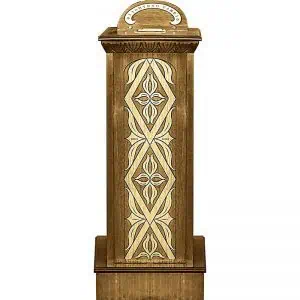



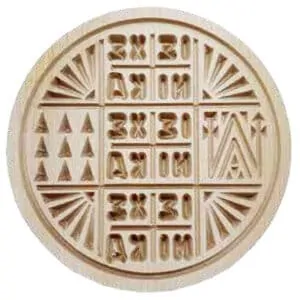
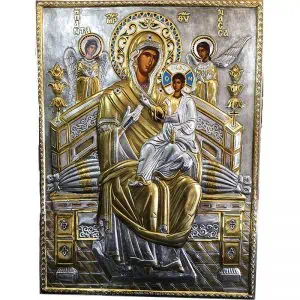
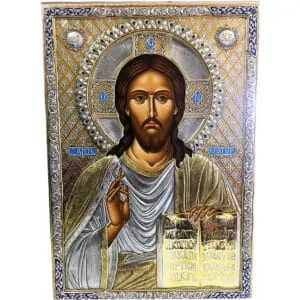


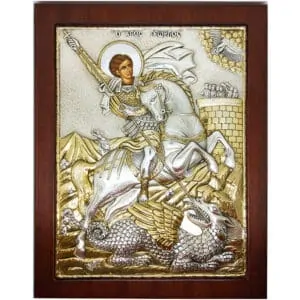


Reviews
There are no reviews yet.